Our planet's ecosystem exists in constant flux to achieve balance and harmony. All living creatures benefit from such a system.
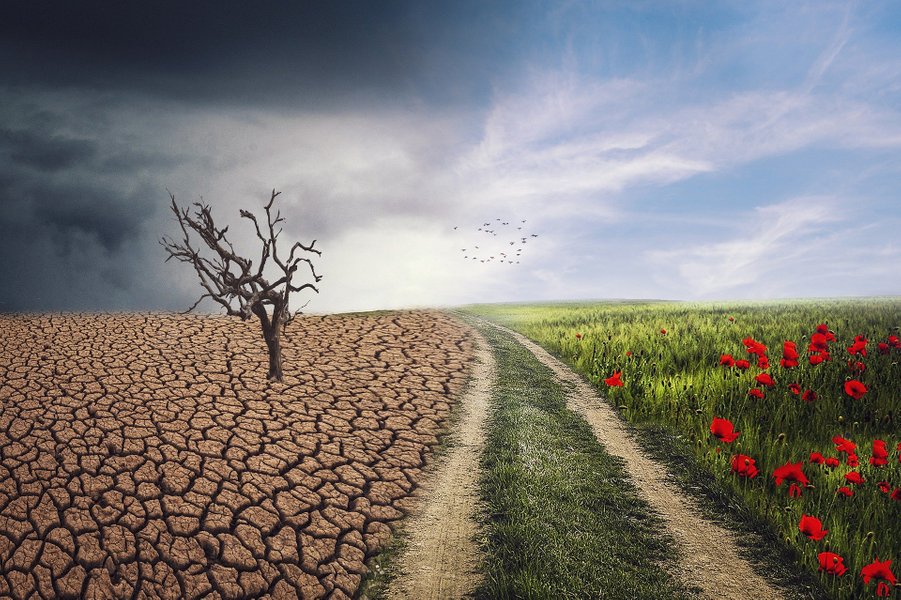
Overview
Humanity's share of the ecosystem, unfortunately, exists in a state outside the balance developed by the earth's biome. We operate, to an extent, without knowledge of the biome and according to their own rules.
Purpose
This blog attempts to solidify my understanding of what I contribute towards global warming. I start here by discussing the cycles of nature present within our planet. Additionally, it's crucial to develop an understanding of how these cycles interact within a savannah. In accomplishing this purpose, we will gain a sense of how our actions may affect these delicate ecosystems.
Earth's Natural Cycles
There are four primary natural cycles present within the earth, namely: hydrologic, carbon, nitrogen, and phosphorus cycles (Lumen).
Hydrologic Cycle
The hydrologic cyclic starts with the water evaporating from the oceans and entering the atmosphere.
The water vapor, transported by the atmosphere, is delivered to the land in the form of precipitation (or rain). Water that falls to the ground is then returned to the atmosphere, after use by life forms, via evaporation (NASA-Water). The used evaporated water is then, once again, returned to the oceans. While rain also falls to form lakes, rivers, and streams, the water returned by evaporation is far greater in volume. According to NASA, evaporation provides approximately 90% of the water in the atmosphere (NASA-Water).
Carbon Cycle
Carbon is a natural component of the earth's atmosphere (Carbon Dioxide) and water (bicarbonate) and continually diffuses between the oceans and atmosphere (NASA - Carbon). The carbon utilized by all living organisms in either land or sea ultimately returns to the cycle as carbonate molecules through the decomposition of the animals using it for life.
Marine organisms that utilize carbon for photosynthesis become part of rocks as they die and are uplifted by the tide onto land. Carbon, unfortunately, is more widely known for its release upon burning fossil fuels and wood for humanity's needs. Carbon is the principal greenhouse gas in the form of carbon dioxide.
Nitrogen & Phosphorus Cycles
The nitrogen and phosphorus cycles represent the use of gaseous (nitrogen) and mineral (phosphorus) nutrients needed by living organisms on the earth (NASA - Nitrogen).
Nitrogen Cycle
Plants typically consume a useable form of nitrogen (nitrates or ammonium) and convert it into organic compounds. Nitrogen consumed from plants by herbivores, and the carnivores that consume them, are returned to the soil through decomposition.
Phosphorus Cycle
Phosphorus, an essential factor of growth in ecosystems, originates from rock and soil (Khan Academy). Too little phosphorus and ecosystem growth are limited. Too much phosphorus within the soil or water, and there is excessive growth of life. Additionally, phosphorus is a critical component of our DNA, as well as, energy process that power our biological systems.
Savannah Ecosystem
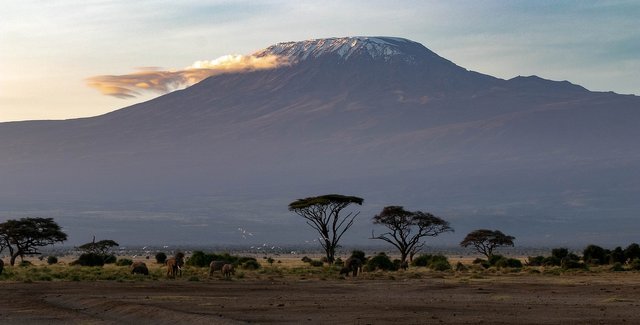
Image by Herbert Aust from Pixabay
Savannahs are forms of ecosystems dominated by woody plants and grasses (Kutsch). When considering how the cycles discussed interact in a savannah, it's essential to understand that, to some degree, all of nature's ecosystems operate as discussed above. All life within this system, save humans, will adapt to the environment so that there is a natural state of equilibrium. The Australian savannahs, for example, have a distinctly measurable CO2 flux (Jacklyn).
The Australian savannah receives a bulk of its CO2 from the air (Jacklyn). As the levels of CO2 rise in the atmosphere surrounding the savannah, it appears that this ecosystem compensates for such a surge growing more shrubs. Additionally, studies have shown a distinct relationship between CO2 and hydrologic conditions in African savannahs. The plants within a savannah use water in a manner that prevents their loss as they absorb CO2. While such relationships can exist in all savannahs, the result discussed is for a Savannah in South Africa.
Nitrogen and phosphorus inputs into a savannah are in the forms of soluble and solid particles deposited by wet or dry precipitation (Lopez-Hernandez). Additionally, savannahs receive inputs from decomposition and inorganic nitrogen and phosphorus emitted into the atmosphere. One particularly unsettling source of nitrogen in the savannahs of in northern South America is produced through burning for deforestation. Nitrogen is absorbed and created by differing forms of bacteria and plant uptake. Phosphorous is also consumed by plant life while subsequently rereleased through decomposition.
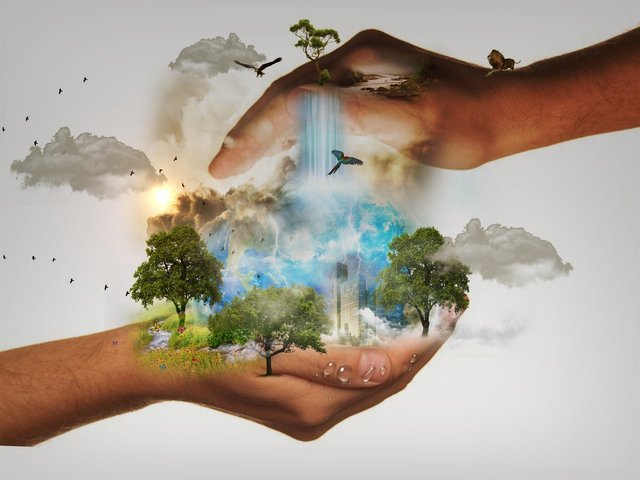
Humanity's Impact
The human contribution to these cycles is significant. In South American, recurrent fires are applied to the surrounding area to stimulate grass versus plant growth. These fires force the ecosystem to adjust to newly release carbon and nitrogen from burning. More plants require a great ability to uptake or release these new volumes of nutrients. While the long-term consequences of our actions are not yet evident, there is a measurable effect in the savannah environment.
In Closing
We've only scratched the surface with the number of processes that exist in our environment. I feel though that this part of the journey is essential. It establishes a baseline of understanding and, without it, I doubt I would be able to tie in how society. Thank you for joining me on this ride.
I look forward to any questions, comments, or recommendations for improvement. Until next time.
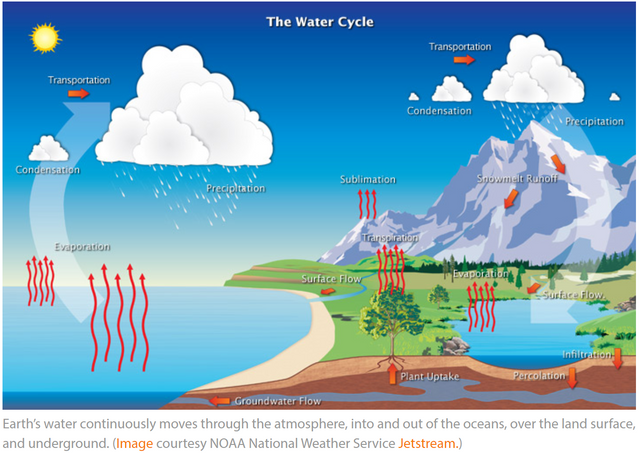
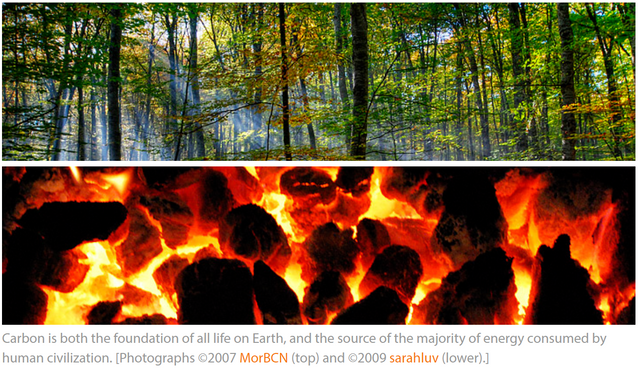
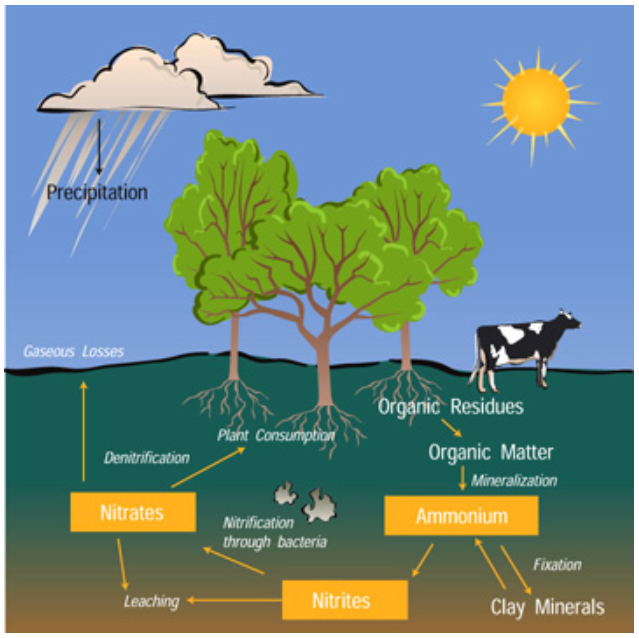
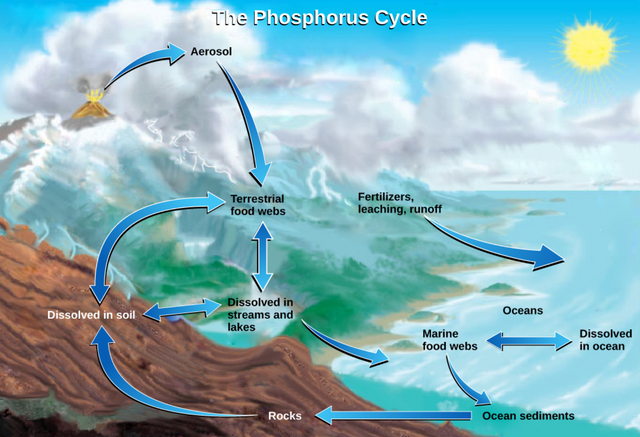




Congratulations @scholaris! You have completed the following achievement on the Steem blockchain and have been rewarded with new badge(s) :
You can view your badges on your Steem Board and compare to others on the Steem Ranking
If you no longer want to receive notifications, reply to this comment with the word
STOPTo support your work, I also upvoted your post!
Downvoting a post can decrease pending rewards and make it less visible. Common reasons:
Submit
Thank you again @steemitboard for your support and notification of personal achievement.
Downvoting a post can decrease pending rewards and make it less visible. Common reasons:
Submit